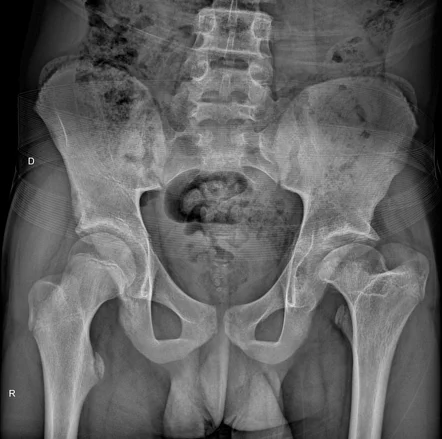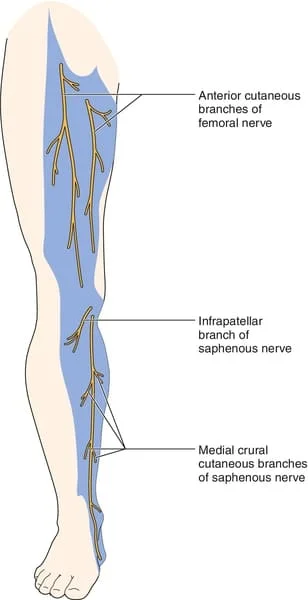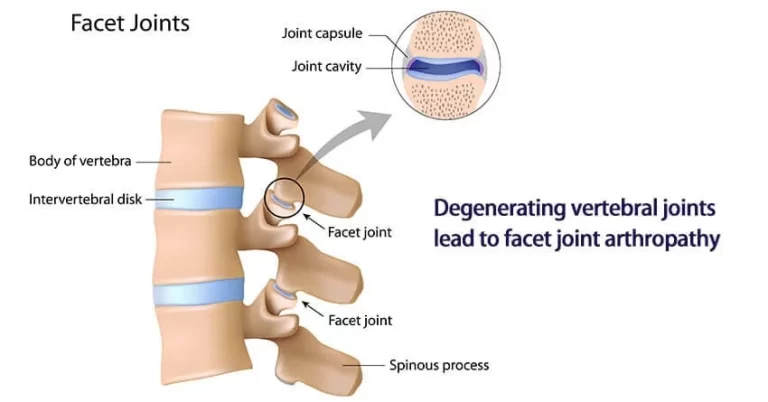Coxa Plana
Table of Contents
What is a Coxa Plana?
The flattening of the femoral head epiphysis is known as coxa plana, and it is linked to a number of skeletal conditions, including Legg-Calvé-Perthes disease.
- Eighty-five percent (85%) of the seventy-five (75) patients with coxa plana were males.
- Bilateral coxa plana is not unusual and should always be looked for. The condition may not happen in the 2 hips at the same time or in such as degree.
- Stature, obesity, and endocrine imbalances look to be unimportant in influencing the incidence of the condition.
- Trauma looks to be of importance only incidentally in improving the symptoms and the activity of the process.
- No specific epidemic or seasonal relationships are found.
- The onset of symptoms and of roentgenographic changes commonly happens between the ages of three and ten years.
- The pathological attributes are acute inflammation of the soft tissues of the neck, & their subsequent sclerosis, thickening, & avascularity.
- Sclerotic exchanges about the neck are accompanied by a vascular disturbance in the femoral head, resulting in the bony changes feature of the coxa plana.
- There are three (3) stages,—active, reparative, & residual.
- Absulate symptoms, physical signs, & roentgenographic evidence of the disease are always present in the active stage. Early diagnosis is essential for the best outcomes in treatment.
- The final disability of function is not proportional to deformity of the head.
- Adequate rest for the hip is the most main factor in obtaining a good result.
- In our cases in the active stage, drilling of the femoral head for revascularization has halted the earlier of the procedure and has outcomes in earlier and more whole repair.
- In the reparative stage, when activity has completely subsided, no management is commonly indicated. In the remaining stage, subtrochanteric osteotomy, or arthroplasty, may be desirable in chosen cases.
- Degenerative arthritis is a sequela in certain cases.
Causes of Coxa Plana
- Legg-Calvé-Perthes disease
- hemophilic hemarthrosis,
- Gaucher disease,
- hypothyroidism,
- Spondyloepiphyseal dysplasia,
- multiple epiphyseal dysplasia,
- hemoglobinopathies, e.g. sickle cell anemia, thalassemia.
Symptoms
- Individuals with coxa plana may experience persistent or intermittent pain in the hip joint. The pain can be dull and sharp and may worsen with activity. Enlargement of the femoral head and neck can restrict the hip’s normal range of motion (ROM), making activities such as walking, running, or bending difficult. Coxa magna can lead to hip instability, causing a sensation of the hip joint “giving way” or feeling unsteady during movement.
Treatment of Coxa Plana
Conservative treatment
- Non-surgical options may include physical therapy exercises to increase hip strength and flexibility, pain management with medications, activity modification, and the utilization of assistive devices such as crutches or canes.
Surgical Treatment
- Serious cases or cases with persistent symptoms may require surgical treatment. Procedures may involve hip osteotomy, which involves reshaping or repositioning the hip joint, or total hip replacement (THR), where the damaged joint is replaced with artificial components. It is important to note that the personal treatment approach will depend on individual factors, such as age, overall health, the underlying because of coxa magna, and the severity of symptoms.
Summary
- Degrees of epiphyseal alterations are reported: no subluxation, subluxation, & crushing. Subluxation is determined by calculating the acetabulum-head index. Determination of crushing is described, using Mose’s template for calculation. An expected method for establishing indications for treatment is presented, according to both age groups & degree of epiphyseal alteration.
FAQs
Coxa plana is the leveling of the femoral head epiphysis and is attached to numerous cadaverous disorders: Legg-Calvé-Perthes complaint.
The usual type of coxa plana is a nutritional disturbance of the upper femoral epiphysis because of some degree of interference with its circulation by sclerotic changes about the femoral neck. The sclerosis is the outcome of a preceding inflammation at the joint.
coxa magna means inflamed femoral head,
coxa plana means the vertical femoral head of the capitular epiphysis of the femur.







One Comment